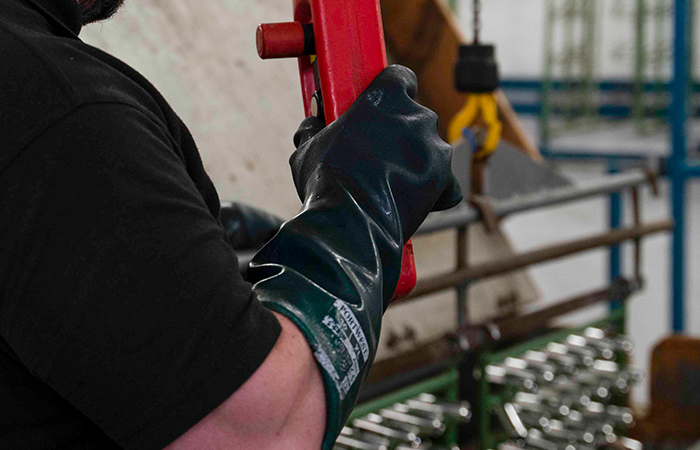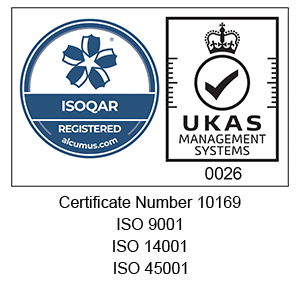
Dull tin plating (otherwise known as matte tin plating) is an electroplating process much in favour in the electrical and electronics industry thanks to its excellent conductive properties. Here at Karas Plating we have handled both bright and dull tin plating for our clients in those sectors and beyond, from all over the country, for the last 70+ years. A versatile plating technique with its own unique properties, it has consistently been one of our more popular processes.
What is dull tin plating?

Much like its sister application – bright tin plating – dull tin plating is an electroplating method and leaves a thin layer of tin on the target metal components. The only difference between it and bright tin plating, is that the grains of tin deposited in this process are somewhat larger (at least, under a microscope), resulting in a flat finish.
How does dull tin plating work?
Dull tin plating is a straightforward process. First the substrate needs to be thoroughly cleaned to remove any surface contaminants. This can involve grit blasting, boiling, degreasing with an electrolyte and, of course, rinsing off, in preparation for the plating.
Next the preferred solution is chosen, depending on the requirements for the finished components. This can be an acid tin bath, an alkaline tin bath, or a methyl sulphuric acid solution. Each has its own specific properties.
For the electrodeposition of the tin, the substrate acts as the cathode, as a direct current is pumped into the bath, which results in the tin adhering to the base metal.


Applications of the dull tin plating process
Dull tin plating is a popular process from our extensive repertoire, and it’s easy to see why, as the range of applications are considerable.
Its conductive and corrosion-resistant properties make it an ideal choice for the electrical transmission, power distribution and electronics industries.
It is also in frequent use within the food industry, telecommunications sector, medical industry, and both marine and aerospace sectors.
Benefits of the dull tin plating process
Unlike many plating techniques, dull tin plating can be applied to almost any metal. This includes both stainless and regular steel, as well as aluminium, copper, brass, zinc, and more.
If you’re unsure whether it’s appropriate for your particular metal, a member of the Karas Plating team will be happy to confirm the matter with you. Aside from its versatility in terms of application, dull tin plating had high corrosion resistance and offers excellent conductivity. It also results in a finish that is easy to solder, making it a popular choice in electrical and electronic work.
Specifically in comparison to bright tin plating, dull tin plating has a couple of advantages. There is less chance of whiskering (that is, microscopic “whiskers” of tin protruding from the surface of the metal), which can be potentially problematic. Also, dull tin plating performs better during soldering, as it runs a lower risk of stress fractures from change in temperature, and also retains its base colour after heating.

a quality process
As with all of our metal finishing processes, here at Karas Plating, our dull tin plating procedure complies entirely with ISO 9001 standards for Quality and ISO 14001 standards for Environmental. Because of this, you know that every dull tin plating order will be completed to the highest possible standards.



